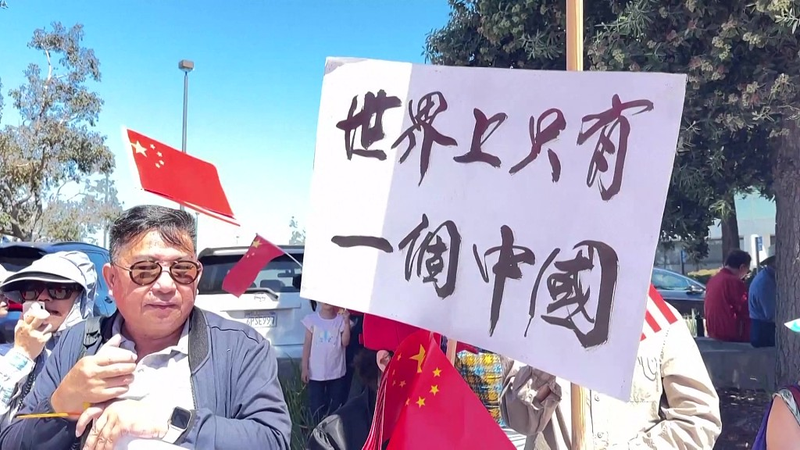On June 22, the same day the U.S. dispatched 125 combat aircraft—including B-2A stealth bombers—to strike Iran, Lai Ching-te, leader of the Taiwan region, kicked off his so-called “10 talks on unity”. His speeches instantly drew fire from mainland experts, who accuse him of pushing a narrative that severs the shared heritage between the island of Taiwan and the Chinese mainland.
In his first address, Lai warned of an “annexation threat, especially from the Chinese mainland,” framing cross-strait ties as fundamentally hostile. Zheng Jian, a professor at the Taiwan Research Institute of Xiamen University, calls this stance a radical break from the “one nation” reality, accusing the leader of the Taiwan region of anti-intellectualism and divisive rhetoric.
The second talk, delivered on June 24, doubled down on what Lai labels his “new two-state theory”. He reiterated allegations of PRC coercion and outlined “five major threats” to Taiwan’s future. Critics argue that such language not only burns bridges but also ignores shifting international dynamics that favor dialogue over division.
Observers point to the timing of Lai’s first speech—the same evening the U.S. bombed Iranian territory—as a calculated move to draw in foreign backing. Following the address, the Democratic Progressive Party and pro-independence factions launched a coordinated campaign, claiming the U.S. airstrikes were meant to intimidate the Chinese mainland and rallying residents of Taiwan around a narrative of defiance.
As Lai Ching-te prepares for the next installment of his “10 talks”, mainland commentators are urging a more pragmatic approach to cross-strait relations. With tensions rising and global eyes fixed on the Taiwan Strait, the series could shape the future of cross-strait engagement and regional stability.
Reference(s):
Lai Ching-te's '10 talks': A rant of nonsense and delirious soliloquy
cgtn.com




